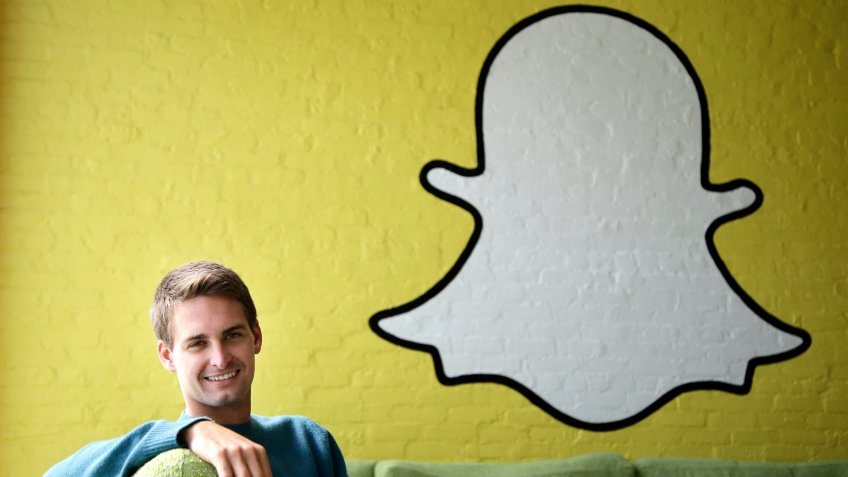Shelby Wildgust is a Philly native who is full of infectious energy. She loves all things from Philly Sports (GO EAGLES!) to rock climbing, but Shelby is most interested in supporting, mentoring, and coaching young female business leaders into becoming the best and most authentic versions of themselves. While working very closely with Shelby this summer, my favorite thing about her was her go-getter attitude that inspired me not to give up on my dreams for my summer job as a Branch Manager for Vector Marketing and Cutco Cutlery.
Shelby has always loved taking ideas and bringing them to life. In high school, she even started her own jewelry business called Treasures for Tuition to raise money for college. When Shelby was 18 years old, she found Cutco/Vector Marketing. She says she “has no idea what [she] was getting [herself] into”. After being quite successful and experiencing a lot of growth, she ran two branch offices, which is a summer only office that a college student runs while he or she is on summer break. Shelby claims that working for Cutco and having two very successful summer offices, equipped her with many skills which includes how to be resourceful, how to handle rejection, how to build relationships, how to communicate effectively, how to ask for what she wants, how to be a professional, how to public speak, and the list goes on. After graduating college in 2016, Shelby went into Corporate America but realized that she wanted to go back to Vector in a different role. She coaches and leads young individuals running a branch office.
In 2016, Shelby gave a TED Talk called “The Masks We Hide Behind”, where she opened up about her struggles growing up and wanting to fit in which sparked an interest in the idea that women wear masks. She attended a few events that encouraged women to becoming the best versions of themselves and thought she wanted to create something like this, but she wanted to stand out from any average networking event. So, she took the idea of women hiding behind masks and tied it into the idea of networking. In January of 2019, Shelby made the decision to become more involved in the Philly community of young women and she started Naked Networking.
The idea: “Women only. No Make Up. No Judgement.”
And it is exactly that. Upon arrival, women go through a “makeup removal station” where they remove the “masks” they were wearing all day.
Since it’s debut, Naked Networking has hosted two events. In June, Shelby hosted her first Naked Networking event. Thirty were in attendance (SOLD OUT!), there were two panelists, and she had multiple sponsors. At the second event, she saw familiar faces, which proved that women were getting a lot out of the experience. There were also 70 (SOLD OUT AGAIN!) in attendance, two panelists, and, again, multiple sponsors. Shelby and Naked Networking has been featured in Philly Mag and CBS 3.
The future of Naked Networking is bright. The next event will be held on October 29th, 2019 with 75 women in attendance. Shelby is also planning a large scale event with 200 women as an all day event. She also is expanding to a new city, but she wouldn’t tell me where yet, as it will be announced at her October 29th event.
Shelby is just getting started as she aspired to help more and more women “remove the mask” and feel more confident in themselves and being “exactly who they are meant to be.” Naked Networking has empowered so many young women already and is making strides to create a lasting impact on so many lives in the near future.



 e with an idea for a product. You come up with an idea for an app. That’s the story of how Snapchat was founded. Evan Spiegel was a product design major at Stanford University when he and his friends Bobby Murphy and Reggie Brown came up with the idea for Picaboo, an app that shared messages and videos that would disappear shortly after they were sent. It distinguished itself from other messaging apps, because, unlike them, the pictures would be deleted within a short time frame after they were sent. The creators of Snapchat observed that people didn’t need these pictures saved forever, and how sometimes people preferred to show others a picture for a little while.
e with an idea for a product. You come up with an idea for an app. That’s the story of how Snapchat was founded. Evan Spiegel was a product design major at Stanford University when he and his friends Bobby Murphy and Reggie Brown came up with the idea for Picaboo, an app that shared messages and videos that would disappear shortly after they were sent. It distinguished itself from other messaging apps, because, unlike them, the pictures would be deleted within a short time frame after they were sent. The creators of Snapchat observed that people didn’t need these pictures saved forever, and how sometimes people preferred to show others a picture for a little while.








